- Call us:+91 7223927267, 7000956452
- Email: info@spectrumclinic.co.in
Specialities
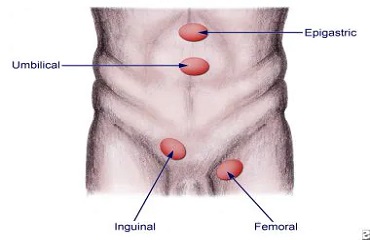
A hernia occurs when part of your insides bulges through an opening or weakness in the muscle or tissue barrier that contains it. Most hernias involve one of your abdominal organs pushing through one of the walls of your abdominal cavity. Hernias can occur gradually as you get older and regular wear and tear on your muscles begins to add up. They can also result from an injury, surgery or birth disorder.
- In your lower chest through your diaphragm.
- In your groin through your lower abdominal wall.
- Along the front midline of your abdomen.
- Through a former abdominal surgery incision.

Your appendix is a finger-sized tube located where the large and small intestines connect. It has no known function, but if it gets inflamed or infected (appendicitis), you’ll need immediate treatment. An inflamed appendix may cause pain off and on. Or it may burst open (rupture), causing sudden, severe pain. A ruptured appendix can spread bacteria through the abdominal cavity. These bacteria trigger a serious, sometimes-fatal infection called peritonitis.
- Abdominal injury or trauma.
- Blockage at the opening where the appendix connects to the intestines.
- Digestive tract infection.
- Inflammatory bowel disease.
- Growths inside the appendix.
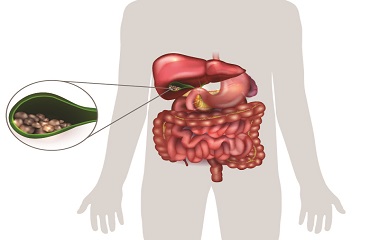
Gallstones are hardened deposits of digestive fluid that can form in your gallbladder. Your gallbladder is a small, pear-shaped organ on the right side of your abdomen, just beneath your liver. The gallbladder holds a digestive fluid called bile that's released into your small intestine.
- Sudden and rapidly intensifying pain in the upper right portion of your abdomen
- Sudden and rapidly intensifying pain in the center of your abdomen, just below your breastbone
- Back pain between your shoulder blades
- Pain in your right shoulder
- Nausea or vomiting
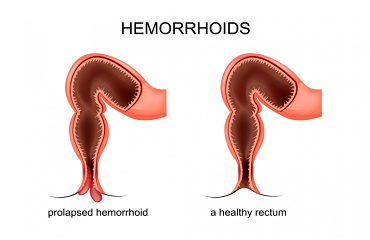
Haemorrhoids (piles) are enlarged blood vessels that you can get inside or around your anus (the opening of your bottom). It’s completely normal to have blood vessels in your anus, as they play an important role in continence. But piles can develop if these blood vessels become enlarged, which can cause symptoms.
- First degree piles may bleed but don’t come out of your anus.
- Second degree piles come out of your anus when you have a poo, but go back inside on their own afterwards.
- Third degree piles come out of your anus and only go back inside if you physically push them back in.
- Fourth degree piles always hang down from your anus and you can’t push them back in. They can become very swollen and painful if the blood inside them clots.
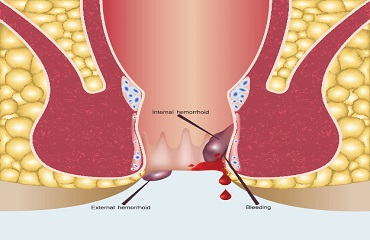
An anal fissure is a tear in the lining of the anus or anal canal (the opening through which stool passes out of the body). The fissure can be painful and may bleed. Anal fissures can occur in anyone at any age. The chance of having an anal fissure decreases as people get older. People who have had fissures in the past are more likely to have them in the future.
- Chronic (long-term) constipation
- Straining to have a bowel movement, especially if the stool is large, hard and/or dry
- Prolonged diarrhea
- Anal sex, anal stretching
- Insertion of foreign objects into the anus
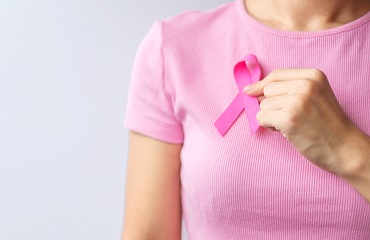
Breast cancer happens when cells in your breast grow and divide in an uncontrolled way, creating a mass of tissue called a tumor. Signs of breast cancer can include feeling a lump in your breast, experiencing a change in the size of your breast and seeing changes to the skin on your breasts. Mammograms can help with early detection.
- A change in the size, shape or contour of your breast.
- A mass or lump, which may feel as small as a pea.
- A lump or thickening in or near your breast or in your underarm that persists through your menstrual cycle.
- A change in the look or feel of your skin on your breast or nipple (dimpled, puckered, scaly or inflamed).
- Redness of your skin on your breast or nipple.
- An area that’s distinctly different from any other area on either breast.
- A marble-like hardened area under your skin.
- A blood-stained or clear fluid discharge from your nipple.
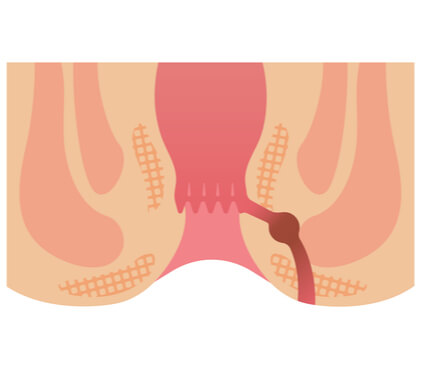
An anal fistula is a small tunnel that connects an infected gland inside the anus to an opening on the skin around the anus. Symptoms include pain and swelling around the anus. Diagnosis and treatment are discussed.
- Crohn’s disease (an inflammatory disease of the intestine)
- Radiation (treatment for cancer)
- Trauma
- Sexually transmitted diseases
- Tuberculosis
- Diverticulitis (a disease in which small pouches form in the large intestine and become inflamed)
- Cancer

Liver abscesses are purulent collections in the liver parenchyma that result from bacterial, fungal, or parasitic infection. Infection can spread to the liver through the biliary tree, hepatic vein, or portal vein, by extension of an adjacent infection, or as a result of trauma. One or multiple abscesses can be present. Fungal liver abscess can occur in immunocompromised hosts. Amebic liver abscess is a complication of amebiasis.
- fevers and chills
- RUQ tenderness
- hepatomegaly
- abdominal pain
- nausea and vomiting
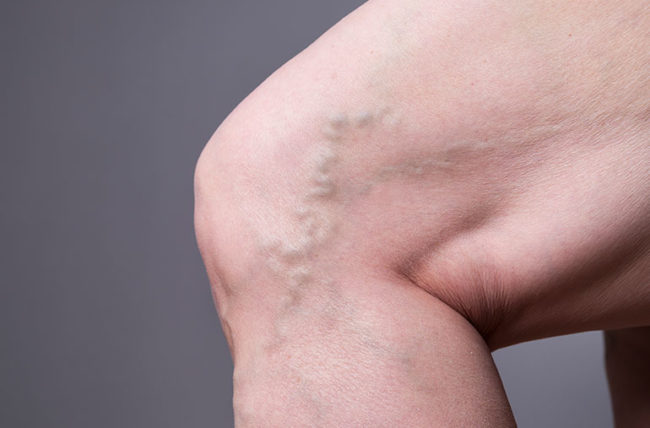
Varicose veins, also known as varicoses or varicosities, occur when your veins become enlarged, dilated, and overfilled with blood. Varicose veins typically appear swollen and raised, and have a bluish-purple or red color. They are often painful.
- Pregnancy
- Menopause
- Age over 50
- Standing for long periods of time
- Obesity



